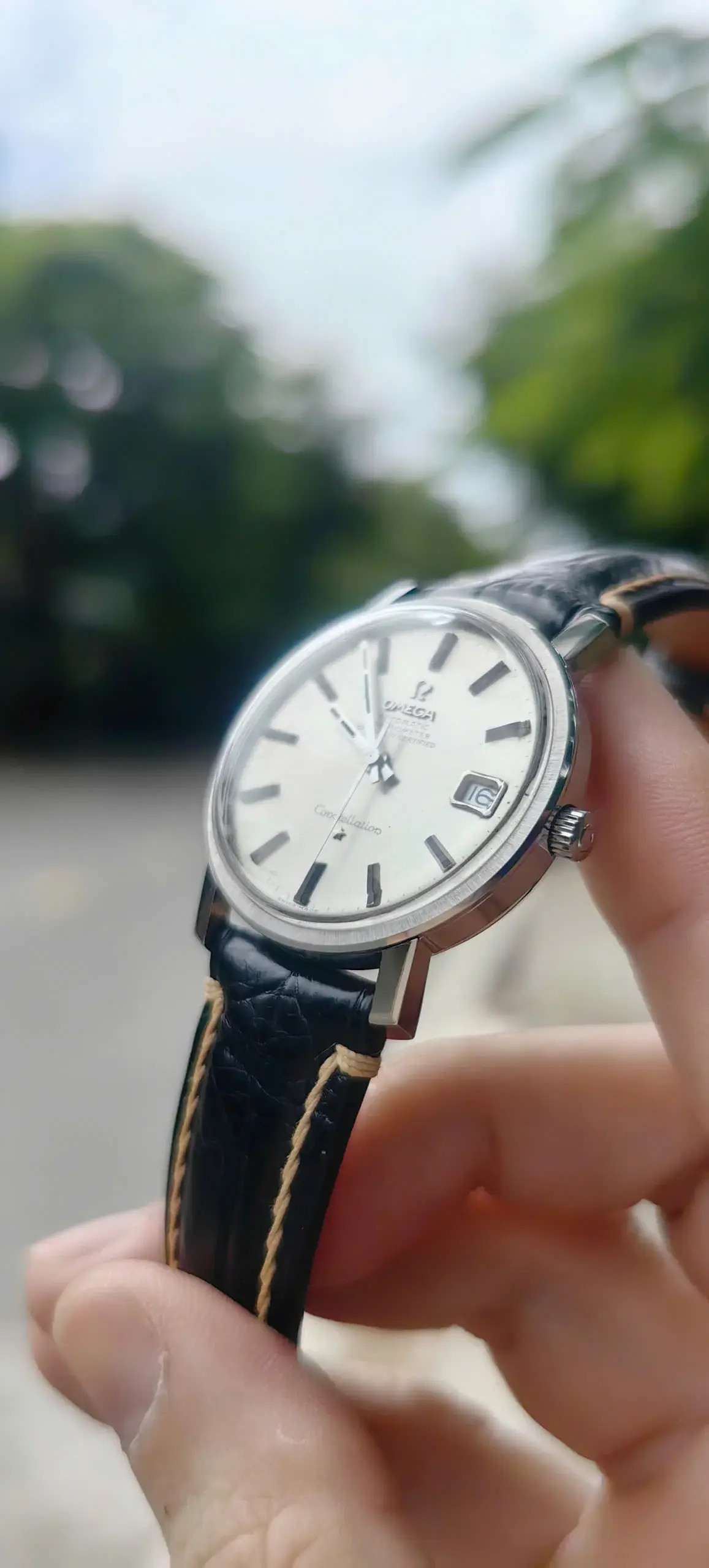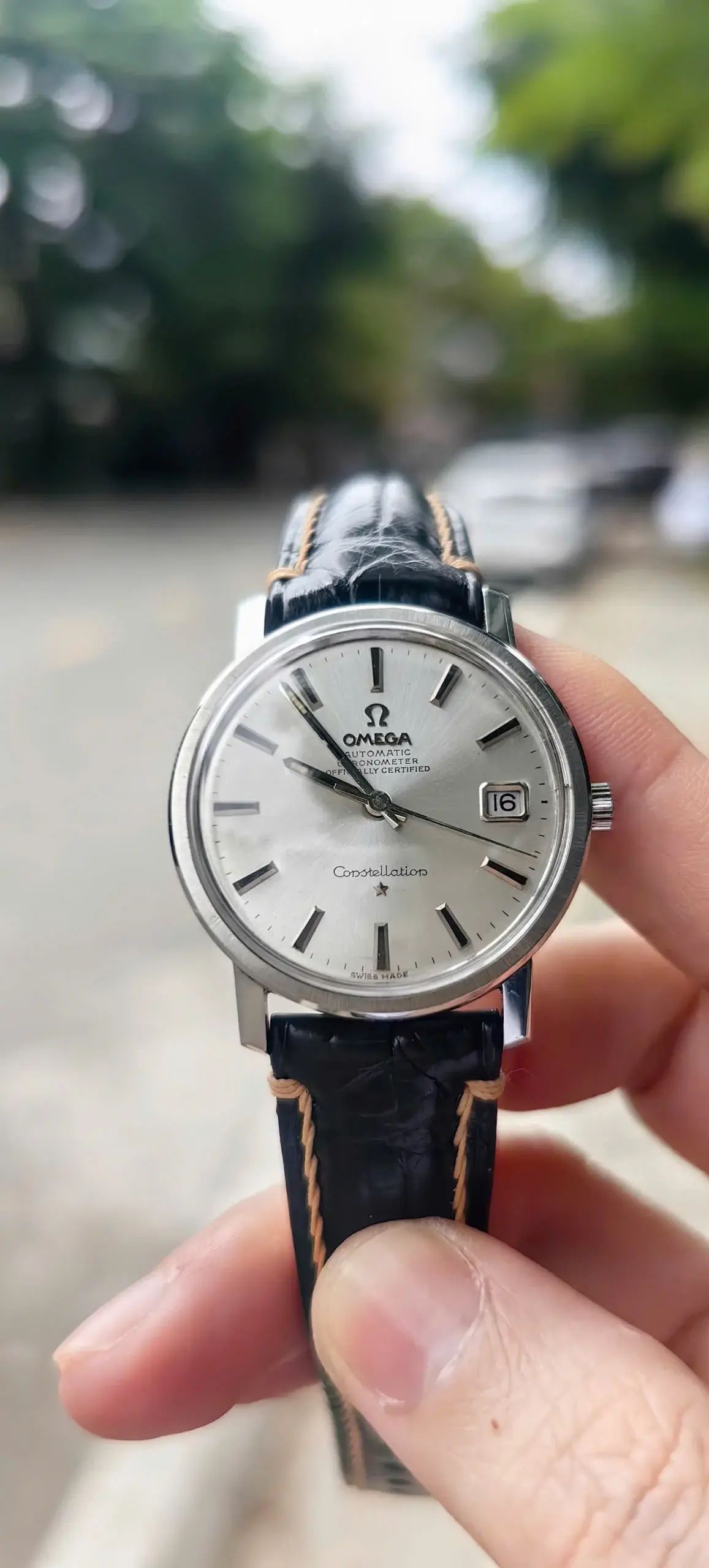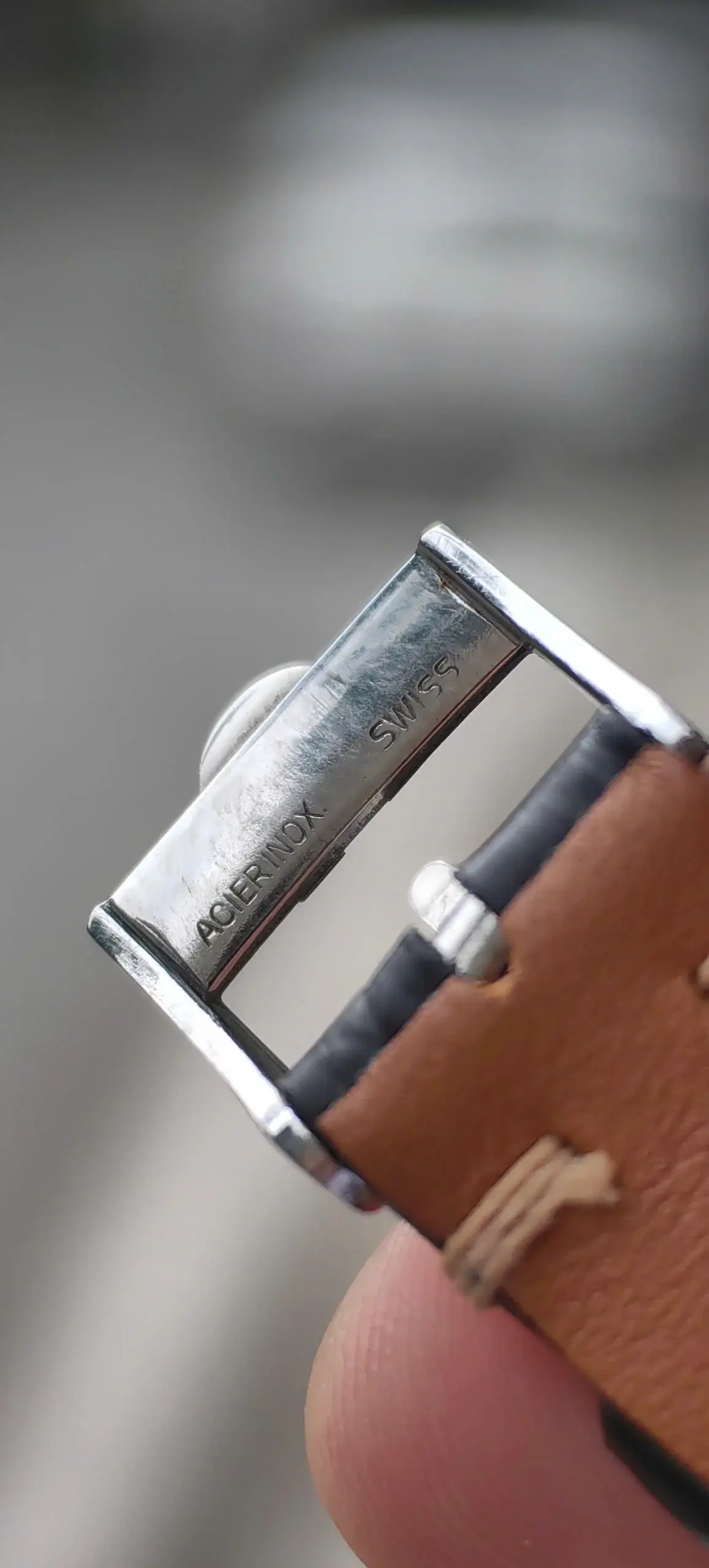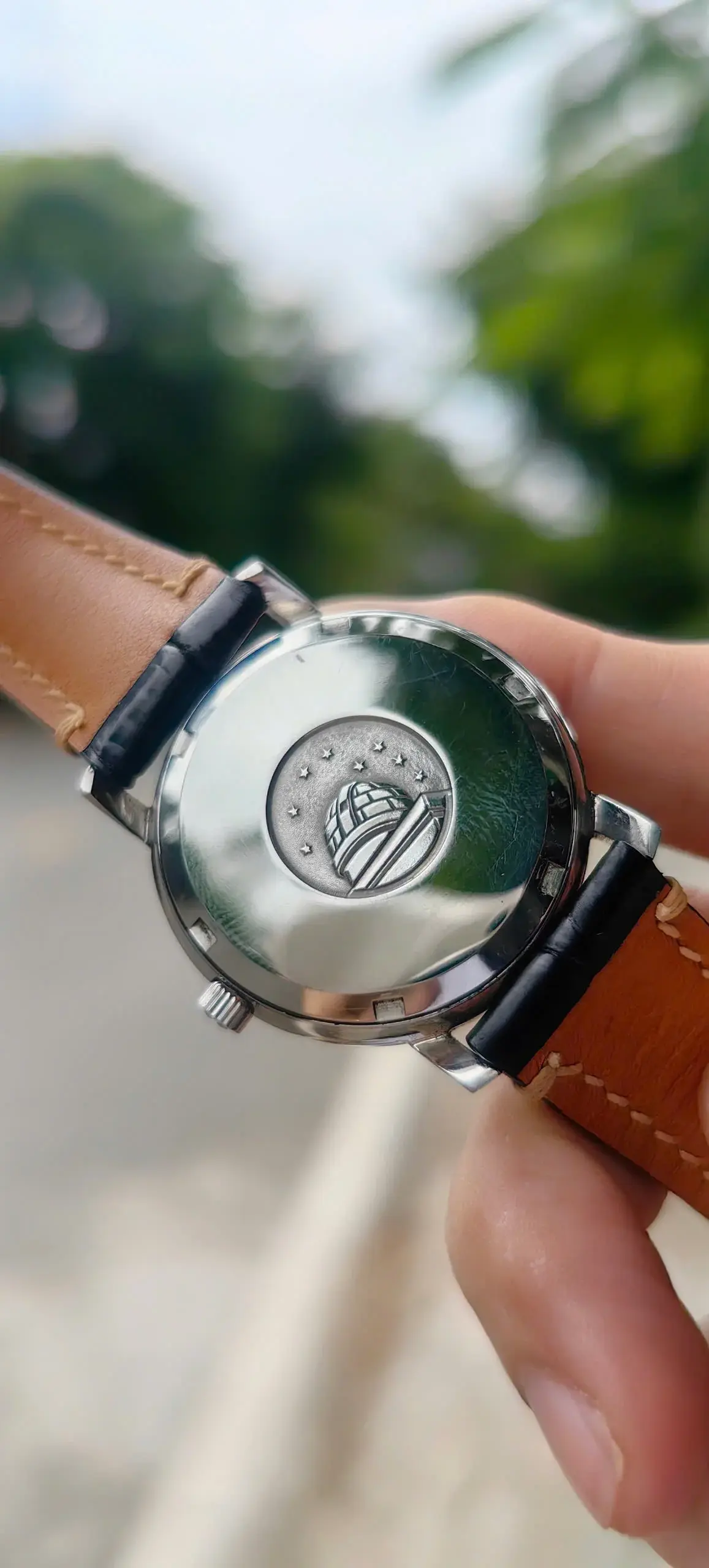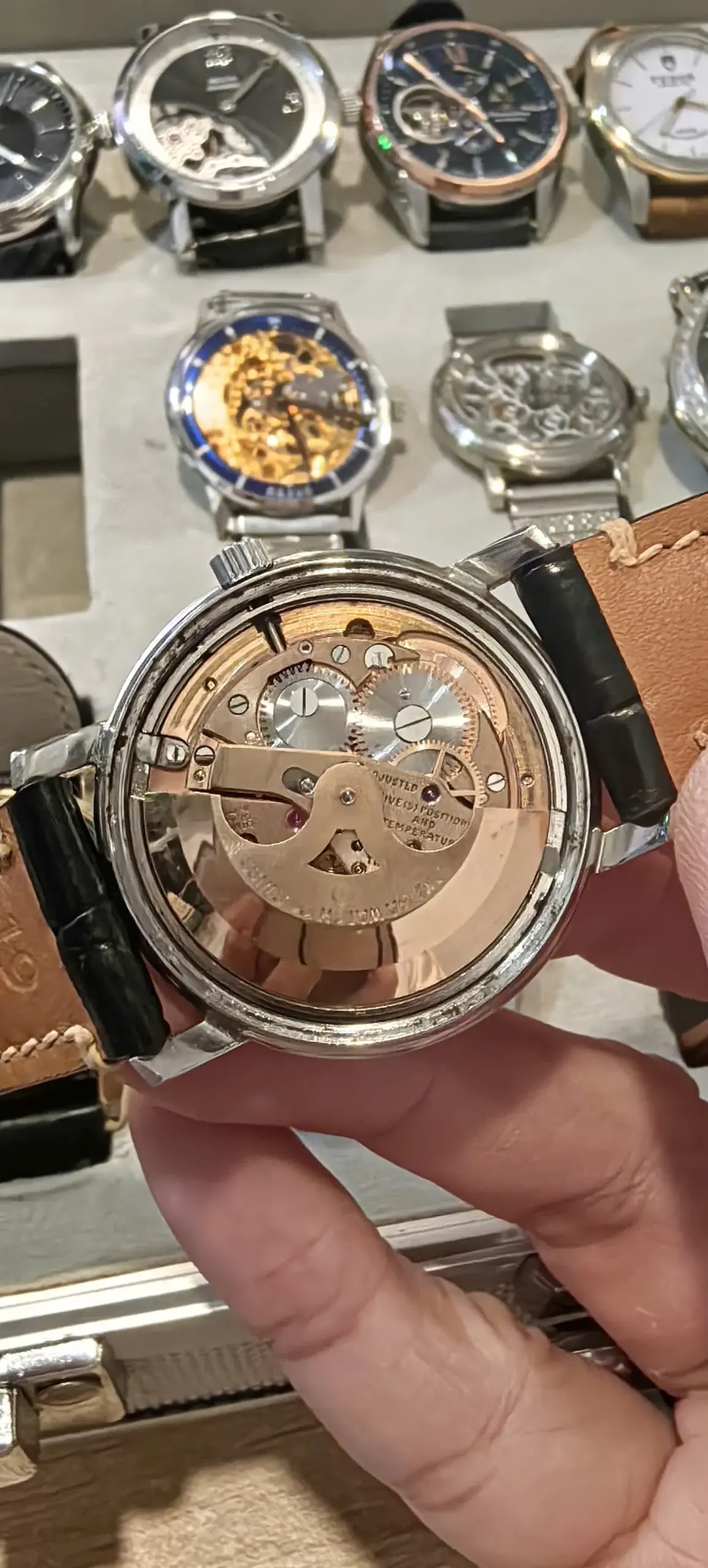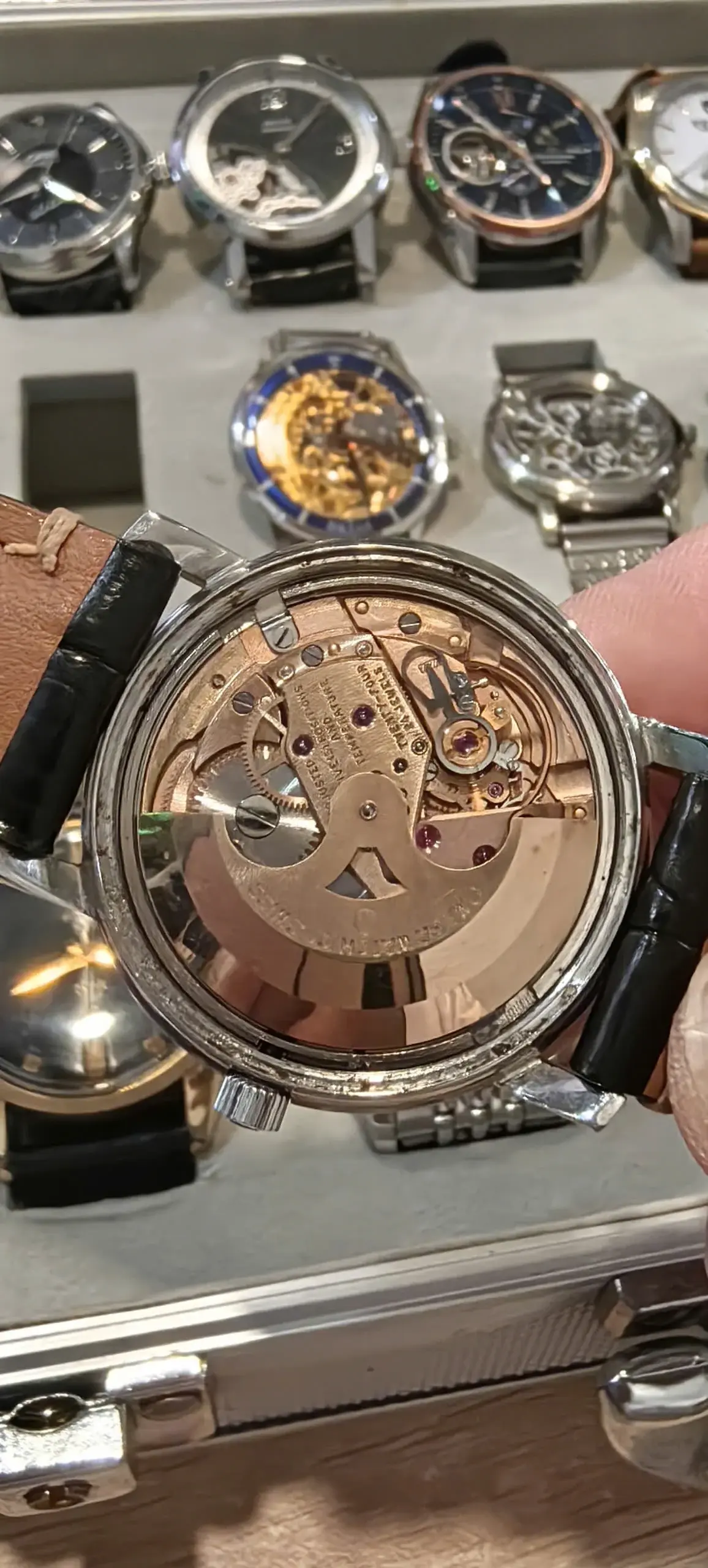Jimmi.Ngo1992
·Hi everyone,
I recently picked up an Omega Constellation 168.180 and I’m trying to assess the originality of the dial, whether it’s factory original or possibly a redial. To my eye, it looks clean and well-executed, but I’d really appreciate a second opinion from those more familiar with this reference.
One detail I find puzzling is the lume setup.
The watch has hands with lume (you can clearly see lume material in the center), but the dial itself shows no lume plots and no tritium markings (e.g., no T SWISS MADE T or similar).
From what I understand, lume-filled hands are typically paired with tritium dials. So this raises a few questions:
1-Could Omega have originally produced combinations like this - lume hands with non-lume dials - in the late 70s or early 80s?
2-Or does this suggest that either the hands or the dial were replaced (or that the dial may be a redial)?
Photos attached. I’d love to hear your thoughts, any input would be greatly appreciated!
I recently picked up an Omega Constellation 168.180 and I’m trying to assess the originality of the dial, whether it’s factory original or possibly a redial. To my eye, it looks clean and well-executed, but I’d really appreciate a second opinion from those more familiar with this reference.
One detail I find puzzling is the lume setup.
The watch has hands with lume (you can clearly see lume material in the center), but the dial itself shows no lume plots and no tritium markings (e.g., no T SWISS MADE T or similar).
From what I understand, lume-filled hands are typically paired with tritium dials. So this raises a few questions:
1-Could Omega have originally produced combinations like this - lume hands with non-lume dials - in the late 70s or early 80s?
2-Or does this suggest that either the hands or the dial were replaced (or that the dial may be a redial)?
Photos attached. I’d love to hear your thoughts, any input would be greatly appreciated!

